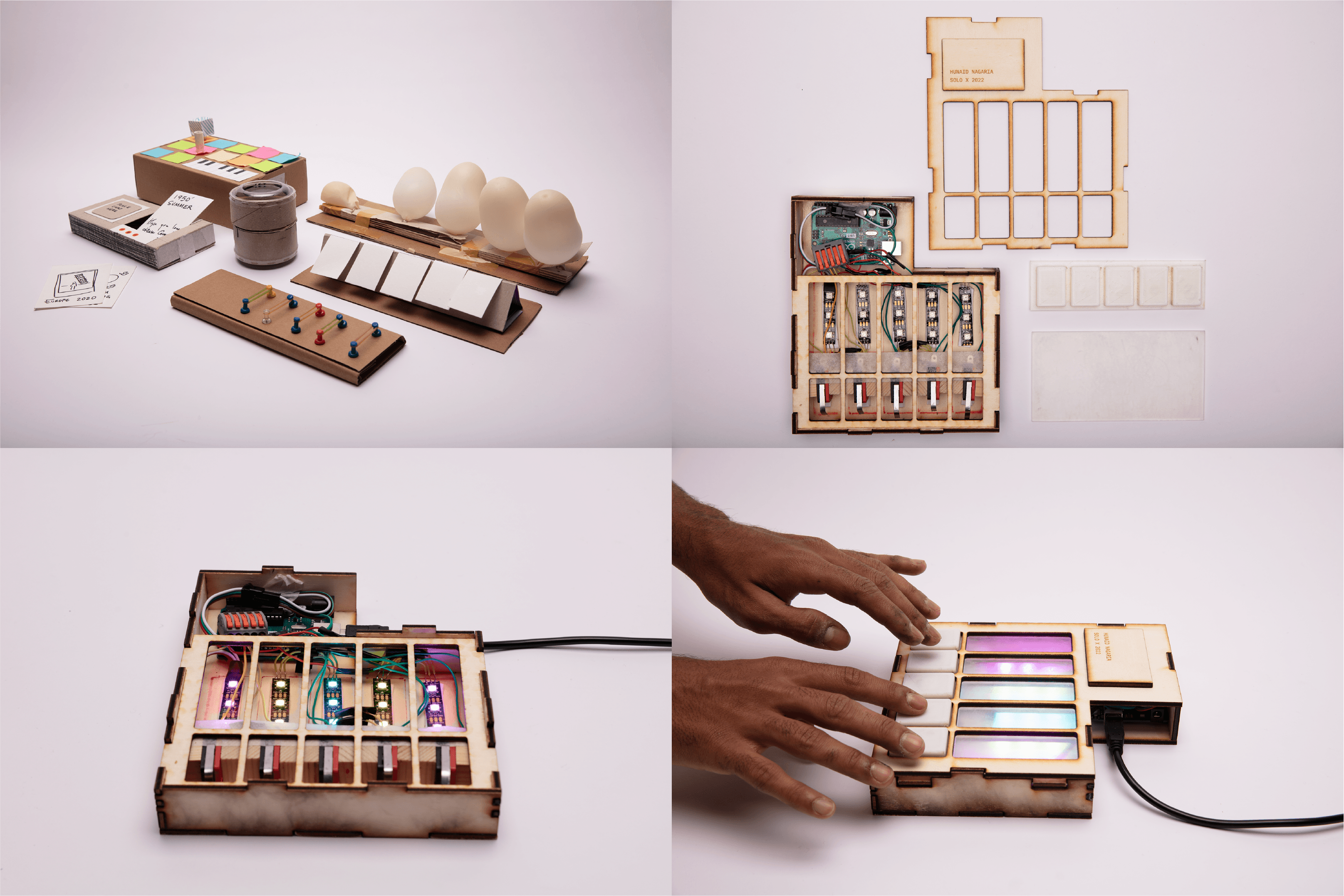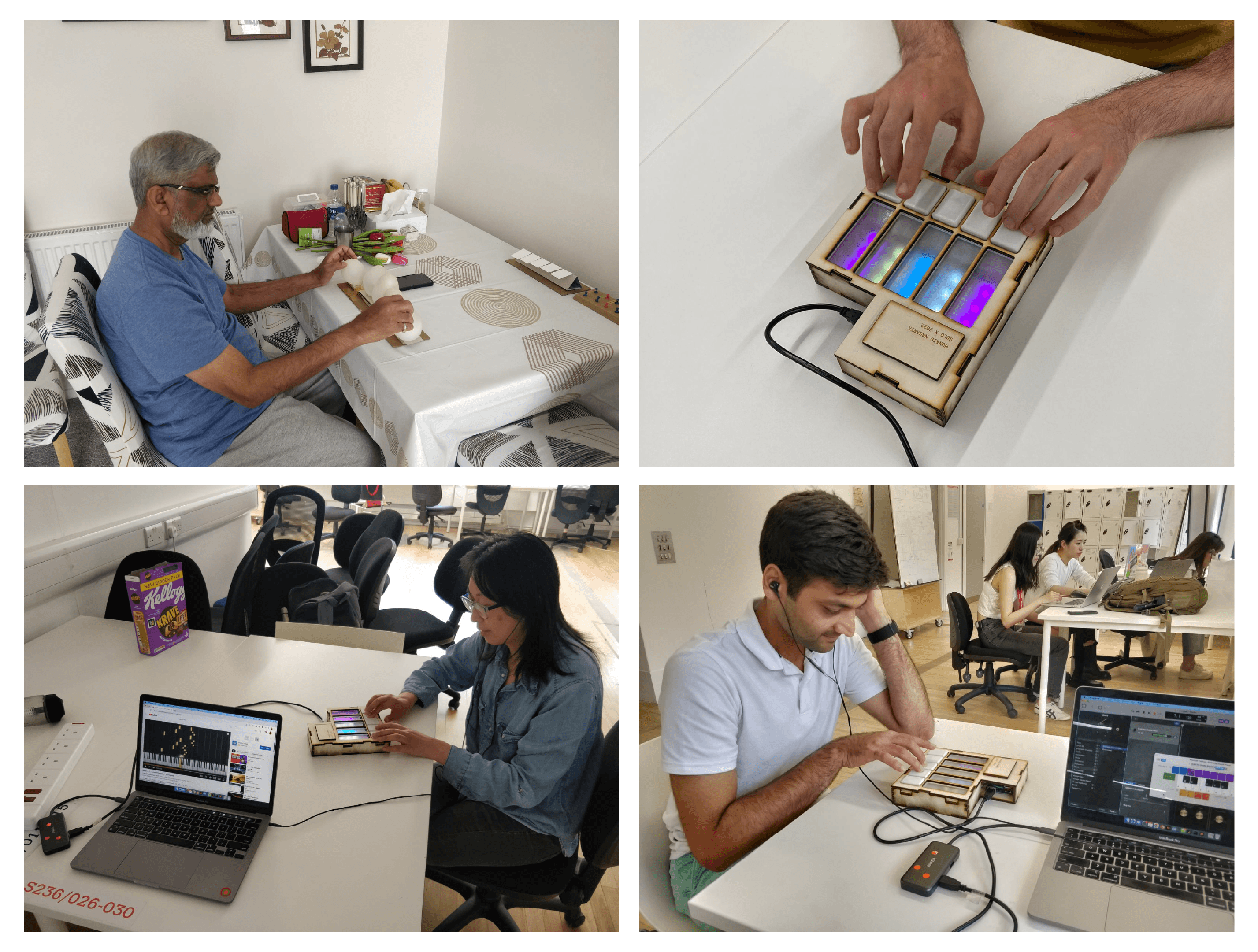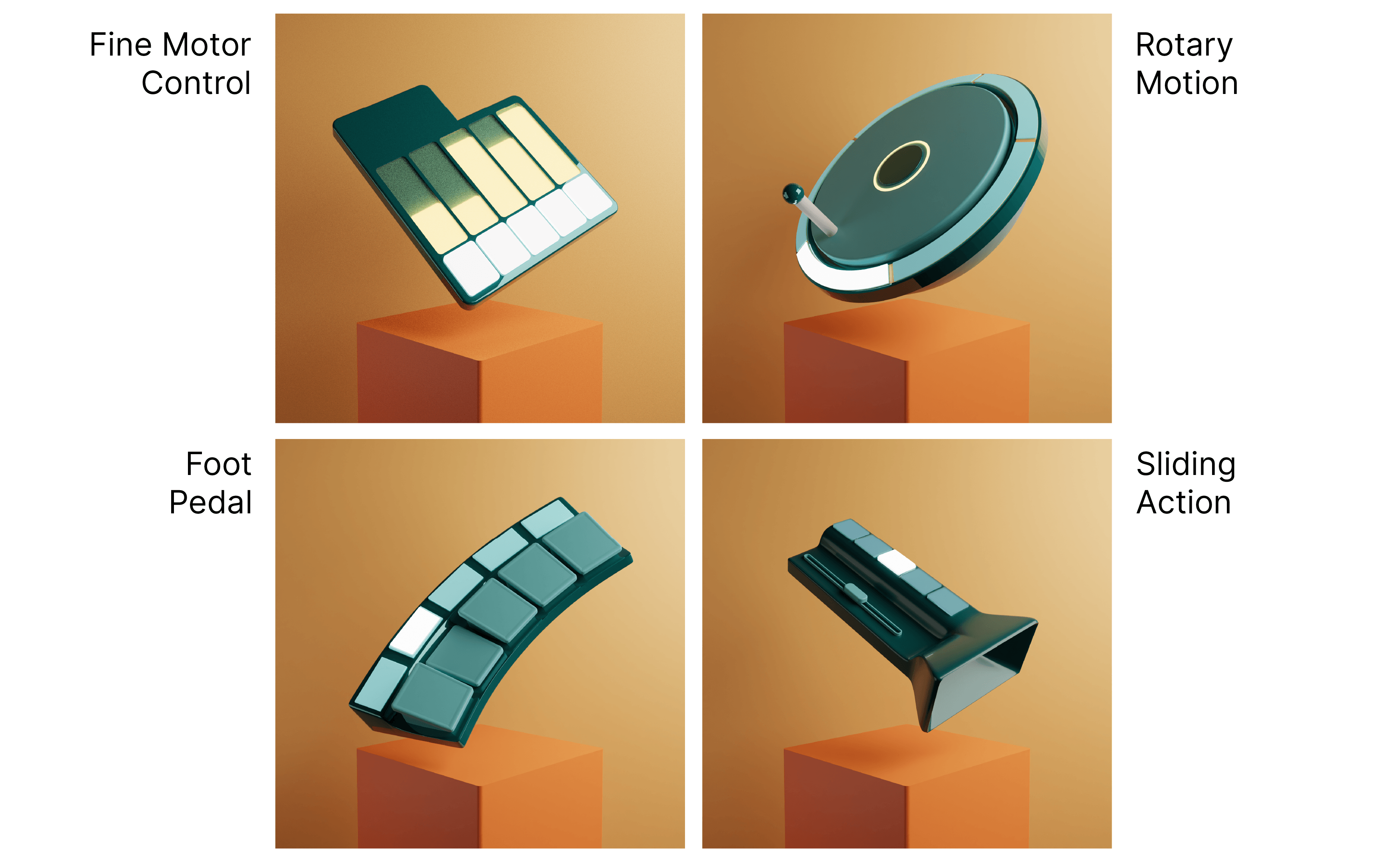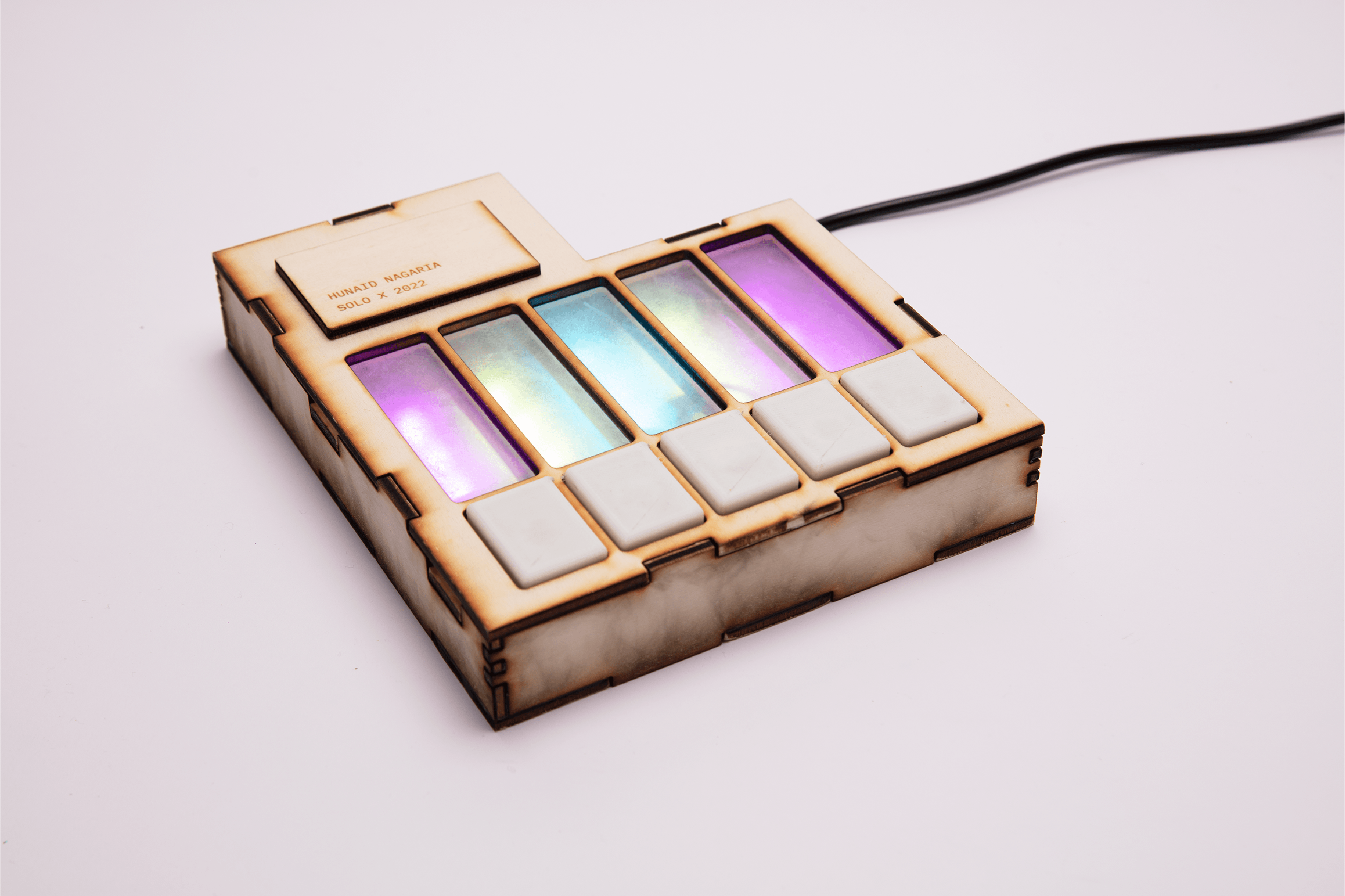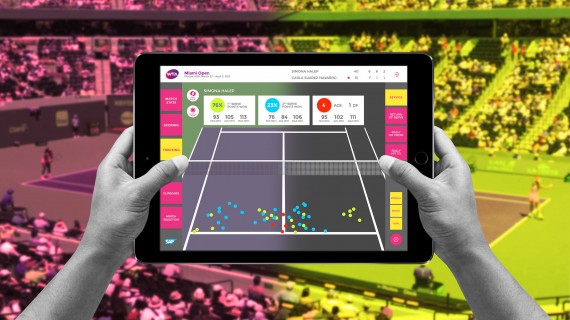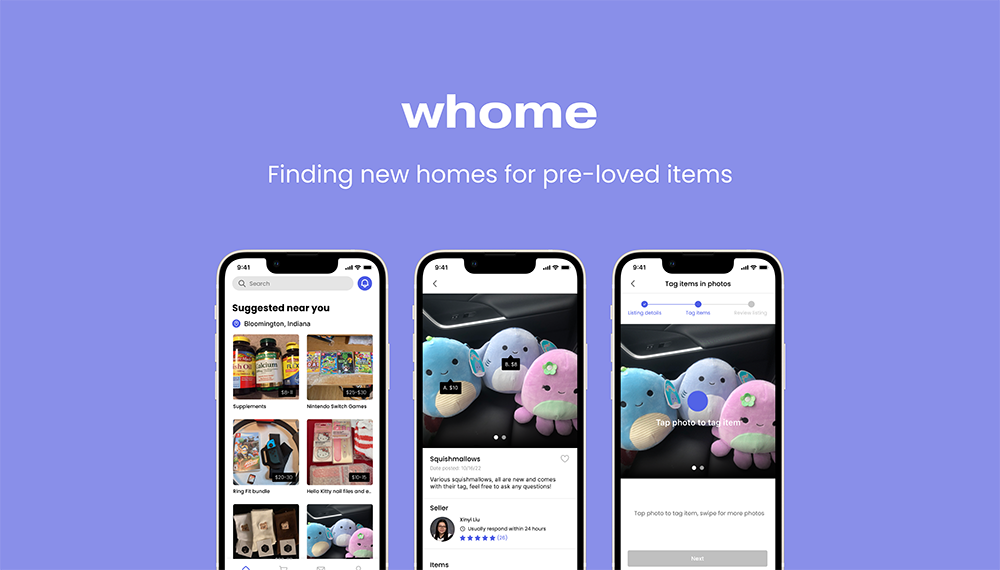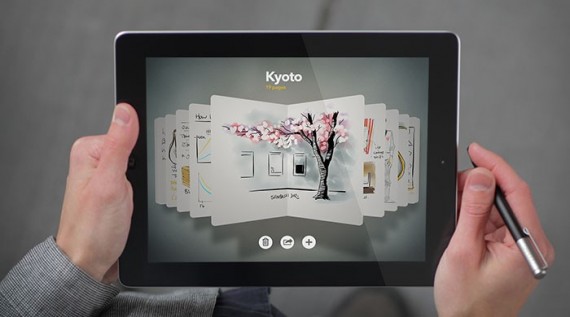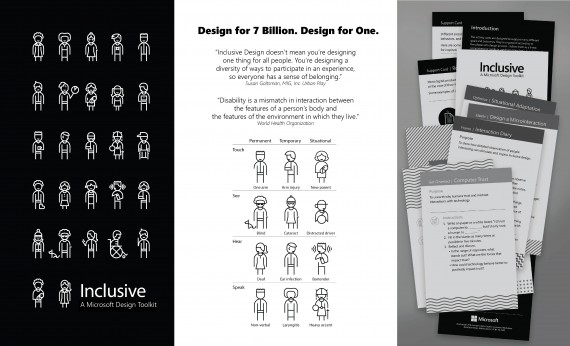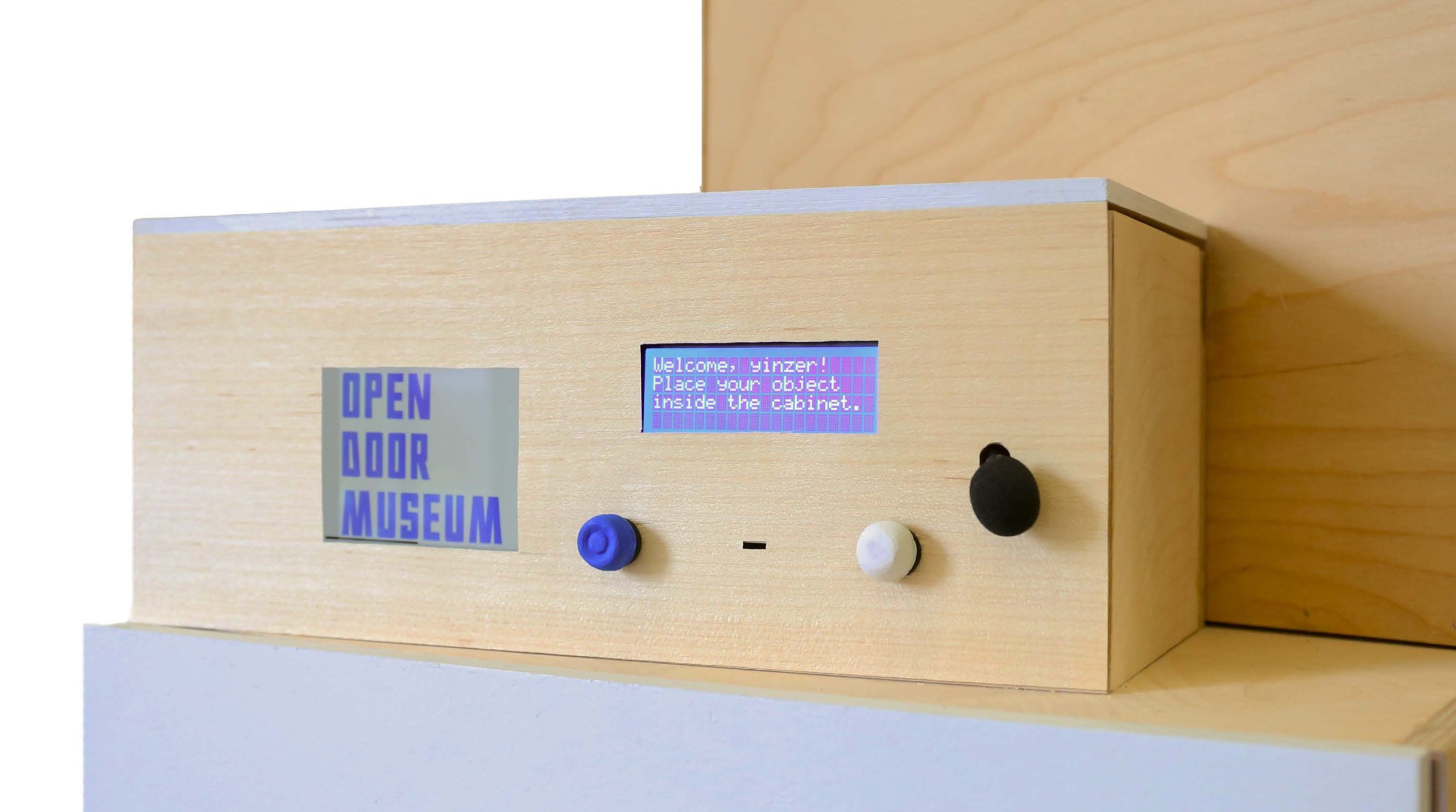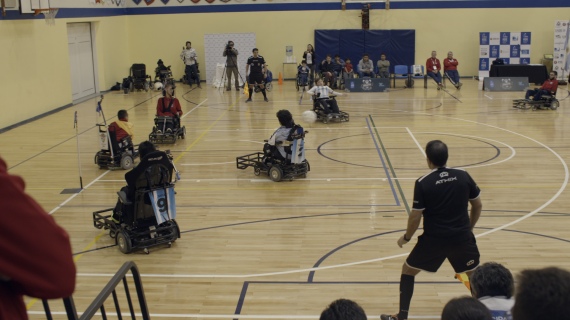Jammies: Musical Instruments designed for People Living With Dementia
Team
Company | Institution
Category
Type
Project description
Jammies are a set of musical instruments designed to improve the quality of life for people living with mild to moderate Dementia by empowering them to reminisce, improvise and jam along to music that is of personal value to them without assuming any prior musical ability or knowledge. They are envisaged to be part of the vastly ignored recreational product ecosystem for people living with Dementia (PLWD) managed by their caregivers or as a part of the toolbox music therapy professionals employ.
t comprises a digital library of personal music curated by the caregiver, from which songs can be chosen. The instruments then assume appropriate notes for every song in a way where no wrong notes can be played, making the user confident in their ability to play along.
As an intervention, Jammies hope to acknowledge the fact that, much like everyone else, people living with dementia are more than their condition and have a need for recreational, fun activities. Solutions today often qualify infantilising toys and products that are not designed keeping in mind this group’s abilities. While it has a strong potential to positively impact the lives of people living with Dementia and their caregivers, the project can evolve into an ecosystem of musical recreational products for vulnerable groups with similar neurocognitive challenges.
Problem:
Where pharmacological treatments have failed to cure or even slow the progression of Dementia, interventions such as music have proven to improve the quality of life for the 850,000 people affected in the UK. Caregivers’ experiences and academic literature emphasise music’s positive impact on the affected individual’s mental and physical health. Music helps them reminisce and is among the few social activities they can continue participating in. But with deteriorating cognitive abilities, traditional ways of interacting with music, like playing instruments and dancing, become inaccessible. Even institutionalised interventions like music therapy add up to £32000 to yearly care expenses for PLWD.
Opportunity:
Jammies respond to the above-outlined shortcomings in Dementia care by asking how might we design new, recreational ways of interfacing with music for people living with dementia; to empower them and improve their quality of life.
Intervention:
Jammies have the potential to make people living with Dementia feel heard and enable them to express themselves by making a melodic contribution to music. The different forms of instruments take cues from Cognitive Stimulation Therapy and Music Therapy for older adults but are also carefully built to require the use of different grips and simple motions, engaging them physically. By allowing them to jam along to autobiographical music, they stimulate the user through reminiscence, nostalgia and expression. The five notes on instruments give feedback in the form of visual stimulation from LEDs and haptics, so users do not feel overwhelmed. These instruments were created specifically for people with dementia who live at home with a designated caregiver or can also be used by music therapists in their practice.
Impact:
With Jammies, my intention is to contribute to the discourse of a new generation of recreational products designed keeping in mind the loss of autonomy and progression of memory and functional deficits in Dementia. Too much overwhelms, but too little infantilizes, a dilemma most technology meant for Dementia fails to resolve. Hence Jammies propose a novel way of interfacing with music that helps people living with Dementia express themselves through music without needing any prior musical experience.
Design Process:
The project began with an investigation into the difficulties faced by older adults in activities of daily living. Through engaging with existing literature and rigorous primary research conducted with older adults, experts, and caregivers, the link between a better quality of life, recreation and reduced difficulties faced in daily living became obvious. Making quick, messy paper prototypes early on for different concepts helped me gain insights into the relationship people living with Dementia have with technology. These were further iterated on and refined to test the experience of using these instruments. Working prototypes were developed using physical computing tools. Using these works-like prototypes, different aspects, such as the quality of music produced and the intuitiveness of the interface, were tested with older adults. Jammies result from a rigorous and iterative cycle of divergent and convergent thinking, making, and testing.
t comprises a digital library of personal music curated by the caregiver, from which songs can be chosen. The instruments then assume appropriate notes for every song in a way where no wrong notes can be played, making the user confident in their ability to play along.
As an intervention, Jammies hope to acknowledge the fact that, much like everyone else, people living with dementia are more than their condition and have a need for recreational, fun activities. Solutions today often qualify infantilising toys and products that are not designed keeping in mind this group’s abilities. While it has a strong potential to positively impact the lives of people living with Dementia and their caregivers, the project can evolve into an ecosystem of musical recreational products for vulnerable groups with similar neurocognitive challenges.
Problem:
Where pharmacological treatments have failed to cure or even slow the progression of Dementia, interventions such as music have proven to improve the quality of life for the 850,000 people affected in the UK. Caregivers’ experiences and academic literature emphasise music’s positive impact on the affected individual’s mental and physical health. Music helps them reminisce and is among the few social activities they can continue participating in. But with deteriorating cognitive abilities, traditional ways of interacting with music, like playing instruments and dancing, become inaccessible. Even institutionalised interventions like music therapy add up to £32000 to yearly care expenses for PLWD.
Opportunity:
Jammies respond to the above-outlined shortcomings in Dementia care by asking how might we design new, recreational ways of interfacing with music for people living with dementia; to empower them and improve their quality of life.
Intervention:
Jammies have the potential to make people living with Dementia feel heard and enable them to express themselves by making a melodic contribution to music. The different forms of instruments take cues from Cognitive Stimulation Therapy and Music Therapy for older adults but are also carefully built to require the use of different grips and simple motions, engaging them physically. By allowing them to jam along to autobiographical music, they stimulate the user through reminiscence, nostalgia and expression. The five notes on instruments give feedback in the form of visual stimulation from LEDs and haptics, so users do not feel overwhelmed. These instruments were created specifically for people with dementia who live at home with a designated caregiver or can also be used by music therapists in their practice.
Impact:
With Jammies, my intention is to contribute to the discourse of a new generation of recreational products designed keeping in mind the loss of autonomy and progression of memory and functional deficits in Dementia. Too much overwhelms, but too little infantilizes, a dilemma most technology meant for Dementia fails to resolve. Hence Jammies propose a novel way of interfacing with music that helps people living with Dementia express themselves through music without needing any prior musical experience.
Design Process:
The project began with an investigation into the difficulties faced by older adults in activities of daily living. Through engaging with existing literature and rigorous primary research conducted with older adults, experts, and caregivers, the link between a better quality of life, recreation and reduced difficulties faced in daily living became obvious. Making quick, messy paper prototypes early on for different concepts helped me gain insights into the relationship people living with Dementia have with technology. These were further iterated on and refined to test the experience of using these instruments. Working prototypes were developed using physical computing tools. Using these works-like prototypes, different aspects, such as the quality of music produced and the intuitiveness of the interface, were tested with older adults. Jammies result from a rigorous and iterative cycle of divergent and convergent thinking, making, and testing.

